Water damage can be a common household emergency that can occur on your property. Whether you are facing a flood, a storm, leaking pipes, HVAC leaks, sewage back up or other plumbing calamites, it can put the safety and value of your home at risk. If you’re facing a water damage emergency, it is vital to deal with it right away to prevent further damage and start the necessary repairs.
Any water-related problem requires timely action. I was reading this article that suggests if you overlook even a minor issue, such as a leaking pipe or roof, it will get worse over time. If you are dealing with a leak in your home, especially in your roof, you can do to better understand the issue. Once you find the tell-tale signs of a water damage emergency, there are vital steps to take.
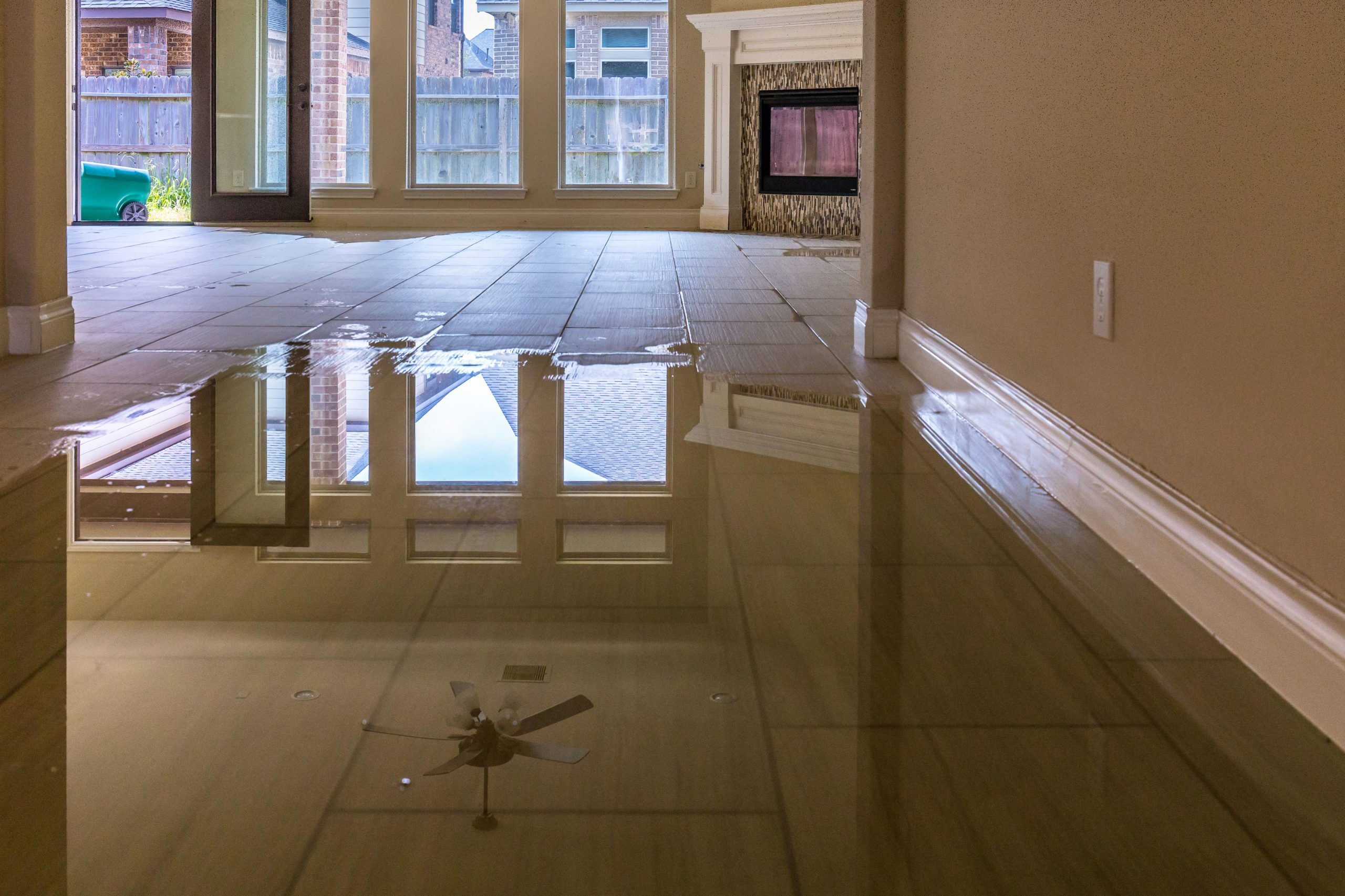
Here are the essential steps to take when water damage occurs on your residential or commercial property:
01. Stop the Water Source
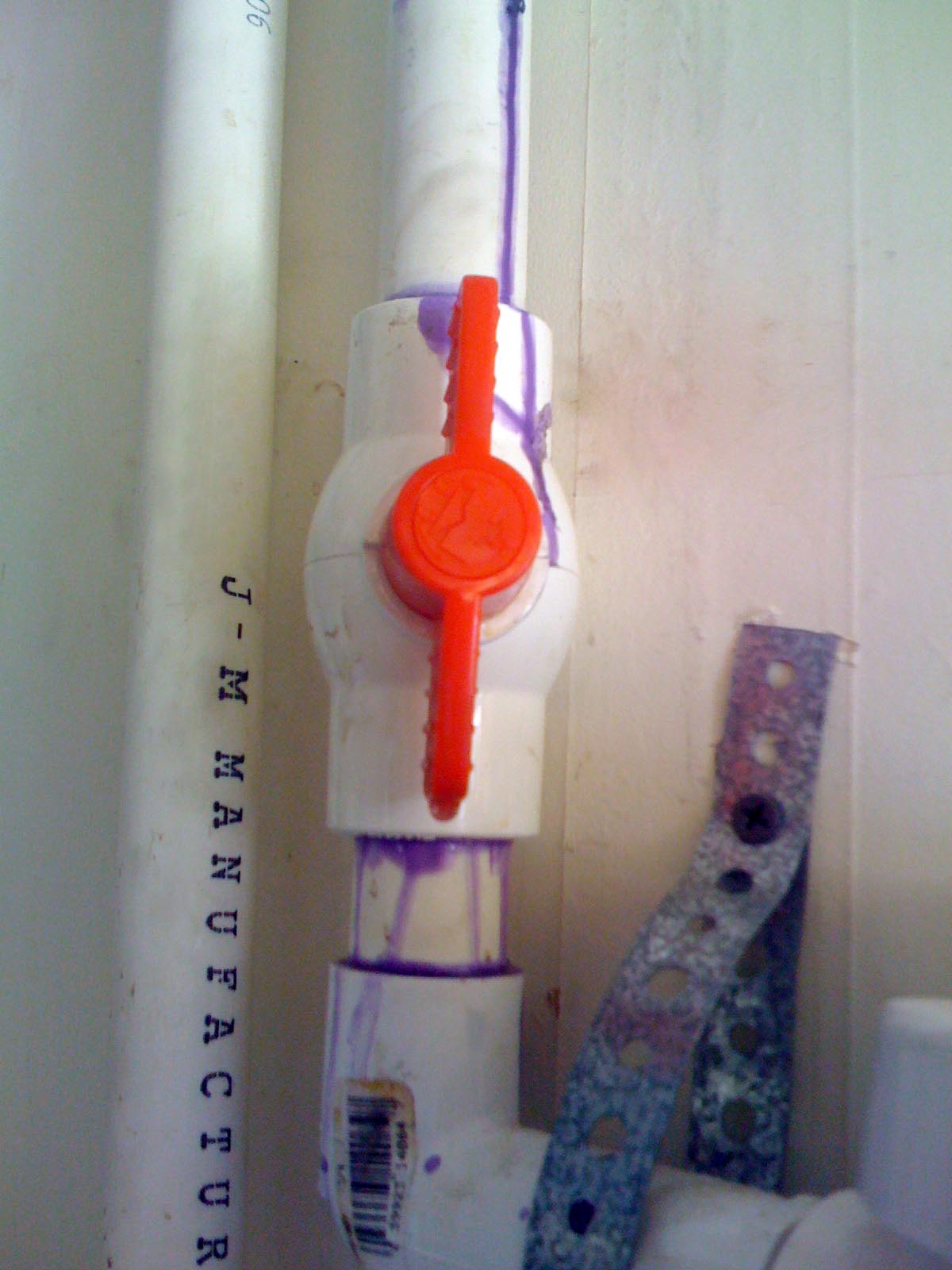
The leading source of water damage emergencies is a broken hot water tank or pressurized pipe. Knowing the shut-off valves’ location is important so you can quickly stop the flow of water and stay in control before the damage worsens.
Flooding is quite likely to occur from exterior storm water. You cannot stop a natural disaster, especially one that brings strong winds and heavy rains. However, you can divert the storm water from your house by blocking or damming the water run and creating a ditch. Take note that dangerous flood water can originate from backed-up sewer pipes, to have this fixed would require assistance from a professional.
02. Prioritize Safety to Prevent Water Damage
Turn off all electrical sources in the affected area by switching the circuit breakers or unplugging all devices, as water is a strong conductor of electricity. When flooding occurs in your home, it puts you at risk of electrical damage and possible shock. Other members of the household must stay away from standing water, especially children and pets. Here are some ways to stay safe in your home:
- Switch off the power. Water and electricity do not mix. Make sure to turn off the main power supply. If there is a need to enter or stand in wet areas to turn off the power, call an electrician.
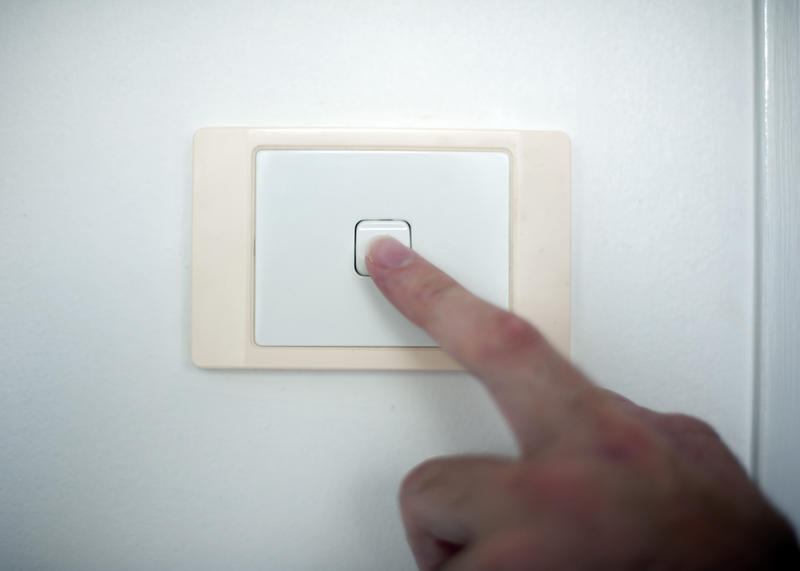
- Use protective gear. Utilize protective clothing such as rubber gloves and boots when you re-enter your home.

- You can also try to remove as much water as possible using a mop or a wet vacuum.
Must Watch below Video of Electrical Safety Tips:
03. Safeguard Your Possessions Before Water Removal
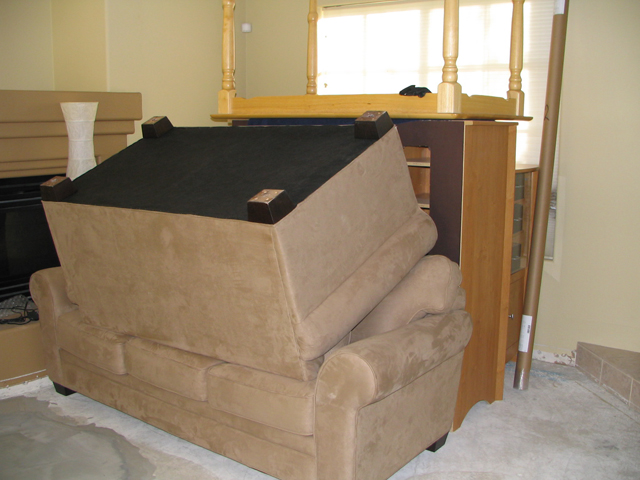
You can raise or remove furniture, boxes, shelving and other valuables from the floodwater. If the flooding is minimal, you can try lifting wooden furniture off damp carpeting and insert tin foil under the feet or base to prevent stains on the carpet. Remove any rugs on wet flooring. Once items or furniture soak up the water, they are likely to develop mold and start to rot. When it comes to electrical items, wait for an electrician to assess the overall damage.
Try getting all your valuables to a safe area to start the drying process. Prioritize your valuables first since you can readily replace the carpeting, flooring, door moldings, or baseboards. You’ll want to check irreplaceable belongings such as photo albums and family heirlooms.
04. Get in Touch With Your Insurance Company in Water Damage Emergency
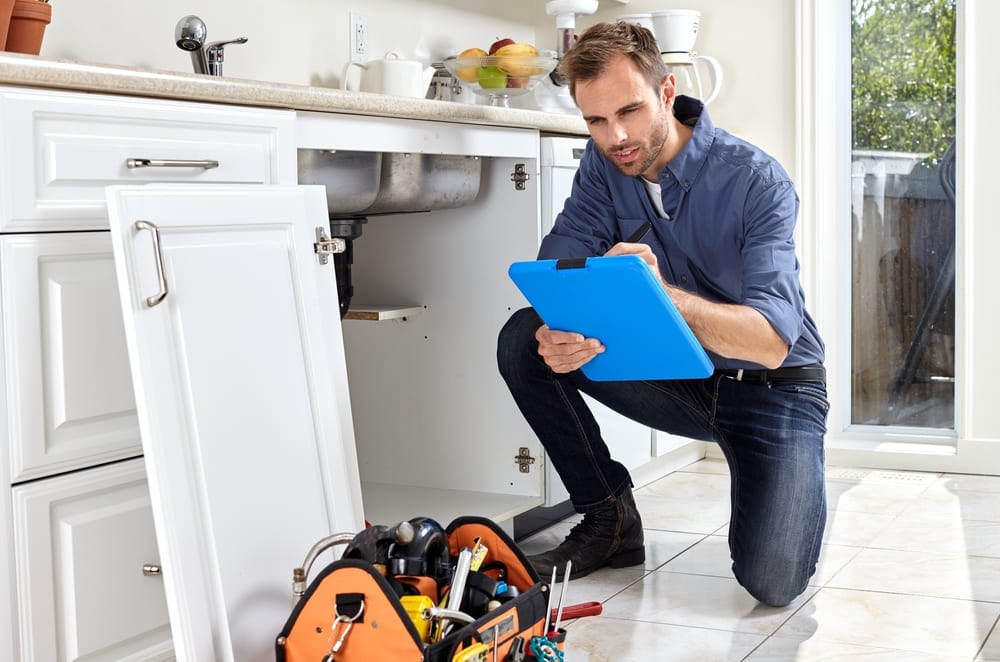
Contact your insurance company and determine how they will deal with the water removal and flood restoration. The majority of insurance companies have professionals who tackle water damage restoration. You can make an effective claim with the help of these tips:
- Call right away after the water damage occurs and determine what steps the insurance company will require you to take.
- Get photos of areas with damage and any valuables affected by water damage.
- Keep detailed records and receipts of all costs for removal and repairs.
05. Dealing With Mould
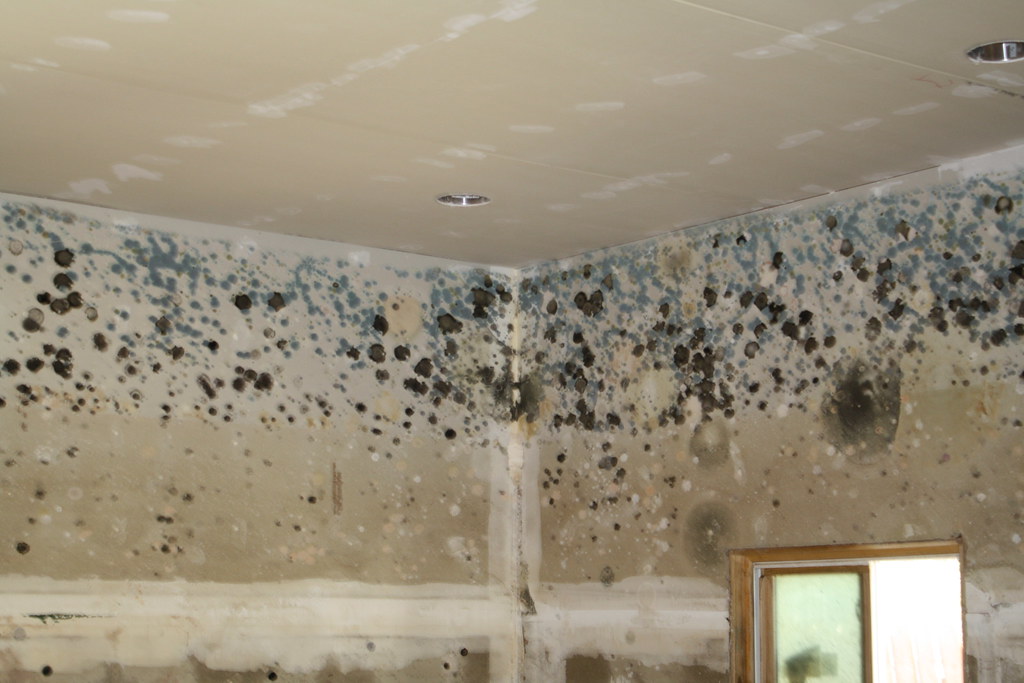
It is vital to note that mould can develop after the initial 24 hours of flooding and water damage. Once mould starts to grow on your items and surfaces around your house, it can be difficult to remove completely. Make sure to quickly remove any items from the water and begin drying them. This approach will ensure that they will not end up with mould. If you could not prevent mould growth in your home, it is crucial to remove the affected areas with the help of a professional.
Once you discover water damage in your house, take the necessary measures to prevent mould formation. You must be careful not to spread the mold spores all over your home while drying your belongings.
Time is vital in preventing mould growth. When the drying process starts within the initial 24 hours and complete drying within three to four days, it can significantly reduce the likelihood of mold and mildew formation.
When you feel that your house’s state is getting out of hand, especially if there is extensive water damage, the best move is to work with a professional.
06. Working With a Water Damage Restoration Professional
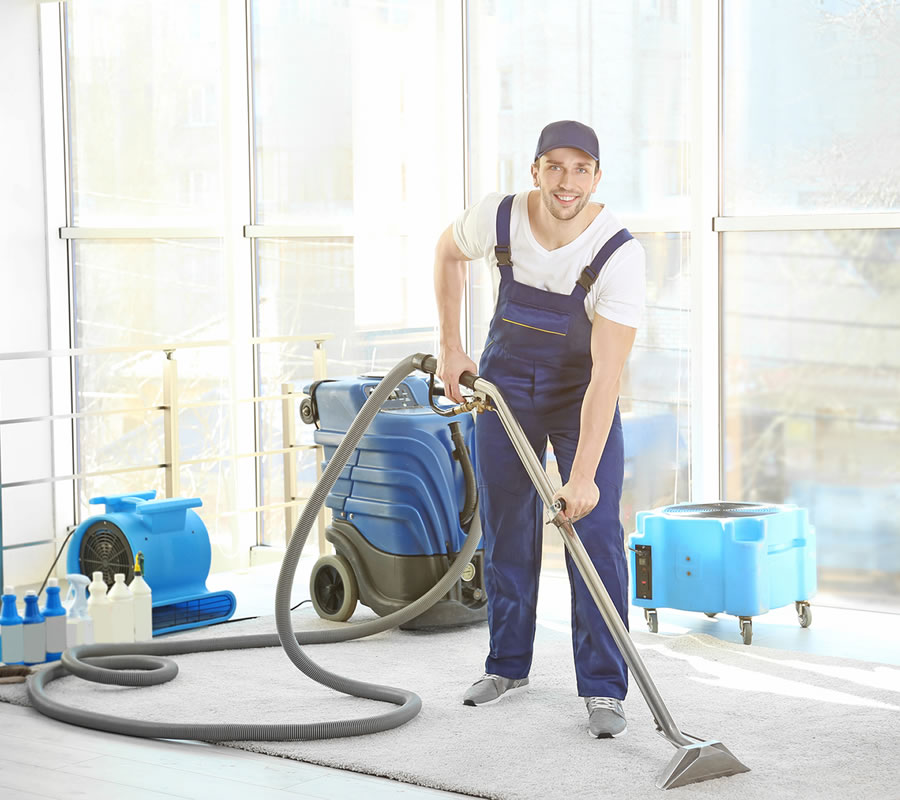
The best move is to work with a professional specializing in water damage restoration to remove the flood water and start the drying process efficiently. These professionals have industrial equipment such as air movers, pumps, and dehumidifiers to effectively extract flood water and related humidity. In some cases, the professionals will also utilize other equipment types such as moisture detectors, remote cameras, and hygrometers. During the water damage restoration process, expect the following:
- Assessing of items whether they are salvageable and if disposal is the best option, especially those items that are severely damaged or no longer safe to use.
- Removal and replacement of insulation, drywall, carpeting, baseboards, and flooring to prevent the growth of mould and mildew.
By working with a professional specializing in water damage restoration along with the right equipment and tools, you could save your house and your belongings. It will ensure that your house will be restored to its original state as much as possible.
Conclusion
When water gets out of hand and starts to flow uncontrollably throughout your home, you are facing a water damage emergency. Timely action and intervention are vital if you want to lessen the damage and restore your home to its former glory, as well as significantly cutting down on costly repairs. With these steps to take if a water damage emergency occurs, it can substantially lessen the damage to your home.
Image Courtesy: Image 7






